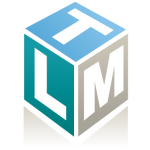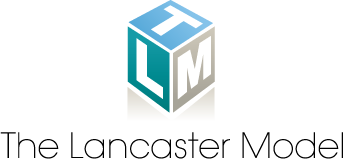The Lancaster Model (TLM)is a validated, systematic, safe approach to immediately assess the needs of individuals and populations. The process ensures true early intervention can be provided to children, young people and their families, who without it, could potentially get missed and sit “under the radar”.


How The Lancaster Model Works
Having been developed over many years, being evidence and research based, TLM offers an online Health Needs Assessment Tool (questionnaire), that enables children, young people and their families the opportunity to have their health and well-being assessed and reviewed by their local School Health Team. It is a proactive tool to identify any potential problems before they progress further and allows qualified practitioners to act quickly to provide the appropriate help and support.
All Specialist Public Health nurses (SCPHN’s) who work as part of School Health Teams, are directed by a Department of Health document called “The Healthy Child Programme- From 5-19 years old”. They work with school-aged children, young people and their families to improve health and wellbeing outcomes and reduce inequalities and vulnerabilities. TLM enables SCHPN’s to deliver on these commitments for 5-19 year olds, at key life stages through the Health Needs Assessment Tool (questionnaire), which is recommended in the Department of Health’s “Getting it Right for Children, young people and families “, as an example of good practice ( page 35) .

Powered by our trusted healthtech partner ‘Aire Logic’ – our secure, online portal enables authorised health professionals and commissioners to securely access data to support the right care and interventions and guide the planning and commissioning of services. The portal collects this data and provides the right information to the right person, based on access permissions.
Portal benefits:
-
Stay informed with timely alerts: once an assessment is completed, the portal will notify the connected health professional to ensure they deliver the right support at the right time.
-
Make analysis easier with data visualisation: simple graphs and charts enable users to spot trends and patterns easily.
-
Generate reports to drive action: users can generate reports and receive training on creating reports and what to include.
-
Get full support and training: we support a variety of users, from onboarding and refresher training to regional administration team training.
-
Access “Live”, up-to-date and accurate data: clinical expert groups and portal users continually evaluate health assessments to ensure the information collected is relevant, up-to-date, appropriate and valuable.




